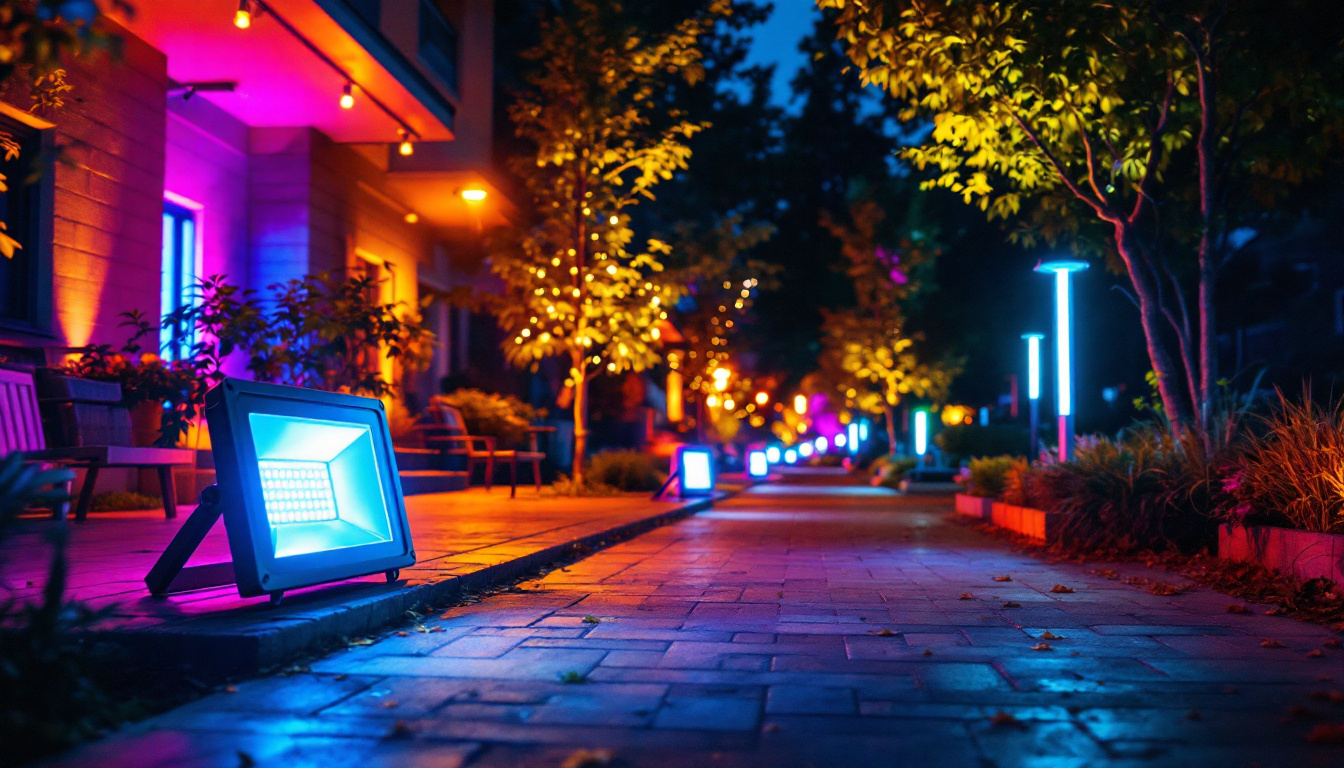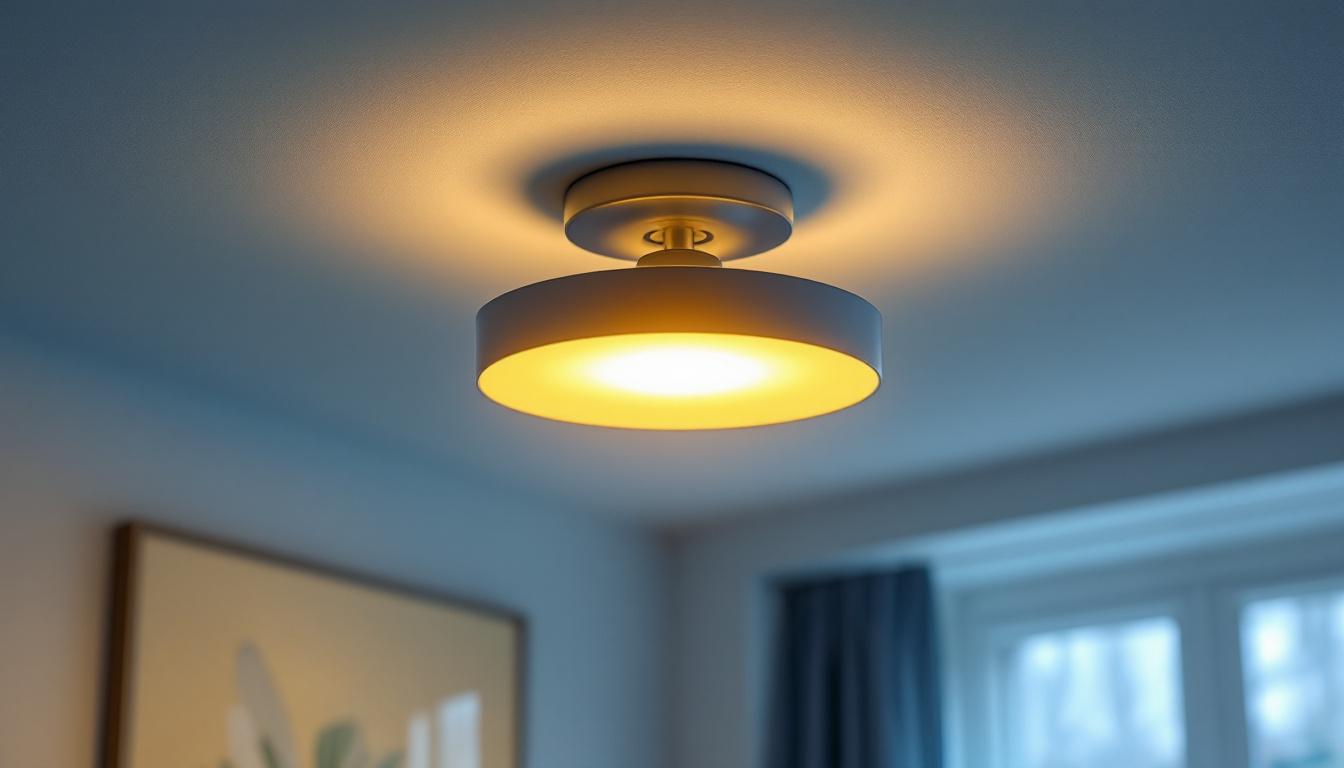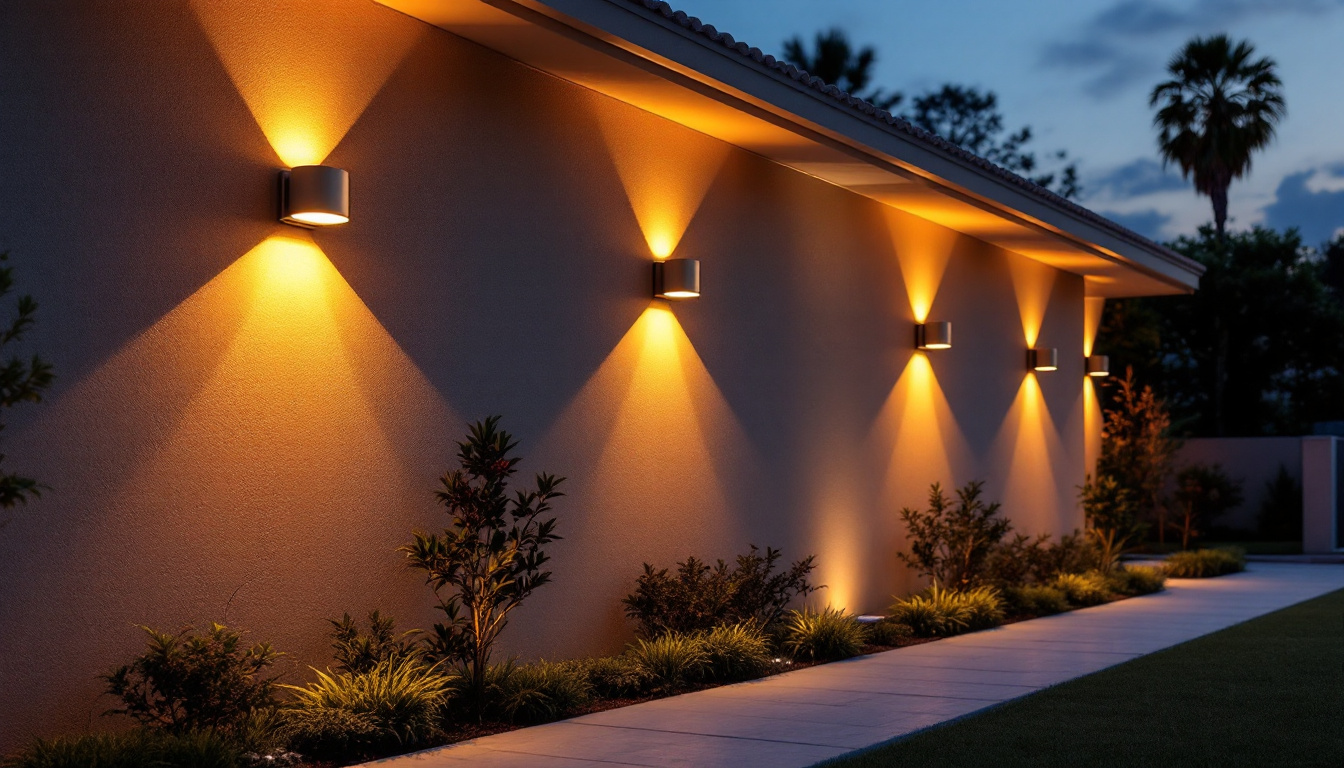
In the world of lighting, contractors play a pivotal role in shaping the ambiance and functionality of spaces. Whether it’s a residential home, a commercial building, or an outdoor venue, the right lighting can transform an environment. However, to achieve the desired effects, lighting contractors must be well-versed in various aspects of lighting and equipment. This article delves into essential facts that every lighting contractor should know, covering everything from types of lighting to equipment maintenance.
Lighting comes in various forms, each serving different purposes. Understanding these types is crucial for any lighting contractor looking to meet client needs effectively.
Ambient lighting provides the overall illumination of a space. It is the foundation of any lighting design and is typically achieved through ceiling fixtures, wall sconces, or even natural light. Ambient lighting ensures that a room is well-lit and comfortable for everyday activities.
When designing ambient lighting, contractors should consider the size and function of the space. For example, larger areas may require multiple light sources to achieve even illumination, while smaller spaces might only need a single fixture. Additionally, dimmable options can enhance flexibility, allowing clients to adjust the mood as needed. Furthermore, the choice of light bulbs plays a significant role in the quality of ambient lighting. LED bulbs, for instance, are energy-efficient and come in a variety of color temperatures, enabling contractors to create a warm, inviting atmosphere or a bright, energizing environment depending on the client’s preferences.
Task lighting focuses on specific areas where activities such as reading, cooking, or working are performed. This type of lighting is essential for enhancing visibility and reducing eye strain. Common examples include desk lamps, under-cabinet lighting in kitchens, and vanity lights in bathrooms.
When selecting task lighting, it’s important to consider the brightness and color temperature. A warm light may create a cozy atmosphere, while cooler tones can help improve concentration and alertness. Contractors should also think about the placement of task lights to ensure they effectively illuminate the intended areas without causing glare. Moreover, the use of adjustable fixtures can provide additional versatility; for instance, swing-arm lamps can be repositioned to direct light exactly where it is needed, making them ideal for multi-functional spaces. This adaptability not only enhances the functionality of the area but also allows for a more personalized lighting experience for the client.
Accent lighting is used to highlight specific features or objects within a space, such as artwork, architectural details, or plants. This type of lighting adds depth and dimension, creating visual interest and enhancing the overall aesthetic.
To achieve effective accent lighting, contractors often use spotlights, track lighting, or wall-mounted fixtures. The key is to focus on the object being highlighted while ensuring the surrounding area remains softly lit. This contrast draws attention to the feature and elevates the design of the space. Additionally, the angle and intensity of the accent light can dramatically affect how the highlighted object is perceived. For example, lighting an artwork from above can create shadows that add texture, while side lighting can enhance colors and details. Contractors should also consider using colored filters or adjustable LED lights to create dynamic effects, allowing clients to change the ambiance of their space easily and keep it fresh over time.
Having the right equipment is crucial for lighting contractors. The tools and fixtures used can significantly impact the quality of the installation and the overall satisfaction of the client.
Light fixtures come in various styles and types, each suited for different applications. From chandeliers and pendant lights to recessed lighting and wall sconces, the choice of fixtures can dramatically influence the ambiance of a space.
When selecting fixtures, contractors should consider factors such as energy efficiency, design aesthetics, and the specific lighting needs of the client. LED fixtures, for example, are becoming increasingly popular due to their longevity and energy-saving capabilities. Additionally, understanding the various mounting options and installation requirements is essential for a successful project.
Moreover, the choice of materials used in light fixtures can also play a significant role in their performance and durability. Fixtures made from high-quality metals or treated glass not only offer a more polished look but can also withstand the test of time, especially in outdoor settings. Contractors should also be aware of the latest trends, such as smart fixtures that can change colors or sync with music, which can add a unique touch to residential or commercial spaces.
Lighting control systems have evolved significantly, offering greater flexibility and customization for clients. These systems allow users to adjust brightness, color temperature, and even create lighting scenes that can be tailored to different activities or moods.
Smart lighting systems, which can be controlled via smartphones or voice-activated devices, are particularly appealing to tech-savvy clients. Contractors should stay informed about the latest advancements in control technology to provide clients with the most efficient and user-friendly solutions.
In addition to basic dimming functions, advanced control systems can integrate with home automation setups, allowing for seamless coordination with other smart devices. For instance, lighting can be programmed to automatically adjust based on the time of day or occupancy, enhancing both convenience and energy efficiency. Understanding how to install and configure these systems can set contractors apart in a competitive market.
Proper wiring and electrical components are the backbone of any lighting installation. Contractors must have a solid understanding of electrical codes and safety standards to ensure that installations are both safe and compliant.
Choosing the right gauge of wire, circuit breakers, and connectors is essential for preventing electrical issues down the line. Additionally, contractors should be familiar with the different types of switches and dimmers available, as these can greatly enhance the functionality of the lighting system.
Furthermore, the layout of the wiring can also impact the overall performance of the lighting. Properly planned wiring routes not only reduce the risk of interference and voltage drops but also simplify future maintenance and upgrades. Contractors should also consider the use of conduit and junction boxes to protect wiring, especially in environments where exposure to moisture or physical damage is a concern. By prioritizing these details, contractors can ensure a reliable and efficient lighting system that meets the client’s needs for years to come.
With growing concerns about energy consumption and environmental impact, energy efficiency has become a top priority for many clients. Lighting contractors must be equipped with knowledge about energy-efficient solutions to meet these demands.
LED lighting has revolutionized the industry, offering significant energy savings compared to traditional incandescent and fluorescent bulbs. LEDs consume less power and have a longer lifespan, making them a cost-effective choice for both residential and commercial applications.
In addition to their energy-saving benefits, LEDs are available in a wide range of colors and styles, allowing for creative flexibility in design. Contractors should educate clients about the advantages of switching to LED lighting and help them navigate the various options available.
Implementing effective lighting design strategies can further enhance energy efficiency. For instance, using natural light to supplement artificial lighting can reduce energy consumption during daylight hours. Contractors should assess the layout of a space to maximize the use of windows and skylights.
Additionally, incorporating motion sensors and timers can help minimize energy waste by ensuring lights are only on when needed. Educating clients on these strategies not only promotes sustainability but also enhances their overall satisfaction with the lighting design.
Regular maintenance is vital for ensuring the longevity and performance of lighting systems. Contractors should be prepared to offer maintenance services and troubleshooting assistance to their clients.
Conducting routine inspections can help identify potential issues before they escalate. This includes checking for flickering lights, burnt-out bulbs, and signs of wear on wiring or fixtures. Regular maintenance can prevent costly repairs and ensure that the lighting system operates efficiently.
Contractors should establish a maintenance schedule with clients, outlining when inspections will take place and what services will be provided. This proactive approach not only builds trust but also enhances client satisfaction.
Lighting contractors should be well-versed in troubleshooting common issues that may arise in lighting systems. This includes understanding the causes of flickering lights, dimming issues, or complete failures. Knowledge of electrical systems and components is essential for diagnosing problems accurately.
Providing clients with clear instructions on how to address minor issues, such as replacing bulbs or resetting circuit breakers, can empower them to manage their lighting systems effectively. Additionally, offering support for more complex problems can help establish a strong client-contractor relationship.
The lighting industry is constantly evolving, with new trends emerging regularly. Staying informed about these trends can help contractors provide innovative solutions that meet client expectations.
As technology advances, smart lighting solutions are becoming increasingly popular. These systems allow users to control their lighting remotely, set schedules, and even integrate with other smart home devices. Contractors should familiarize themselves with various smart lighting products and their installation requirements.
Clients often appreciate the convenience and energy-saving potential of smart lighting. By offering these solutions, contractors can position themselves as forward-thinking professionals who are in tune with modern demands.
Biophilic design focuses on creating a connection between indoor spaces and the natural environment. This trend emphasizes the use of natural materials, colors, and lighting that mimics natural sunlight. Incorporating biophilic elements can enhance the well-being of occupants and create a calming atmosphere.
Contractors can explore options such as daylight-mimicking LED fixtures and fixtures that can be adjusted to replicate the color temperature of natural light throughout the day. Understanding this trend can help contractors meet the growing demand for wellness-oriented design.
Lighting contractors play a crucial role in enhancing the functionality and aesthetic appeal of spaces through effective lighting design and installation. By understanding the different types of lighting, essential equipment, energy efficiency, maintenance, and current trends, contractors can provide valuable solutions that meet client needs.
As the industry continues to evolve, staying informed and adaptable will be key to success. By embracing new technologies and design philosophies, lighting contractors can ensure they remain at the forefront of the industry, delivering exceptional results for their clients.
Ready to elevate your lighting projects with the highest quality products at the best value? Look no further than LumenWholesale. Our spec-grade lighting selection is designed to meet the needs of the most discerning contractors, offering superior performance without the premium price tag. With free shipping on bulk orders, you can stock up on all the essential lighting equipment and fixtures you need, ensuring your projects shine with excellence. Don’t let middleman markups dim your potential; choose LumenWholesale for Wholesale Lighting at the Best Value and light up your work with confidence and affordability.

Discover the pivotal role of LED flood light lamps in modern lighting installations.

Discover the essentials of Lumens flush mount lighting with our comprehensive guide tailored for lighting contractors.

Discover innovative cost-saving strategies for lighting contractors with wall LED lights.

Discover expert insights on exterior wall lighting from leading contractors.